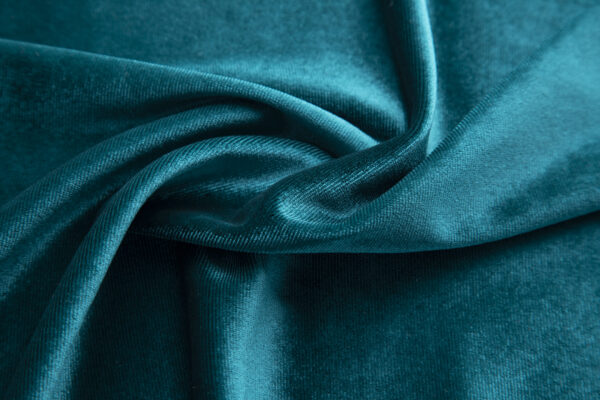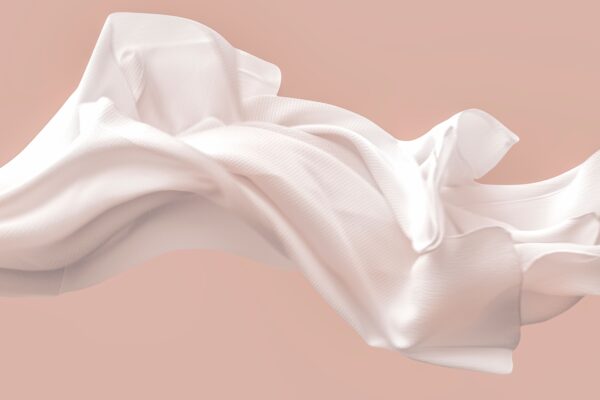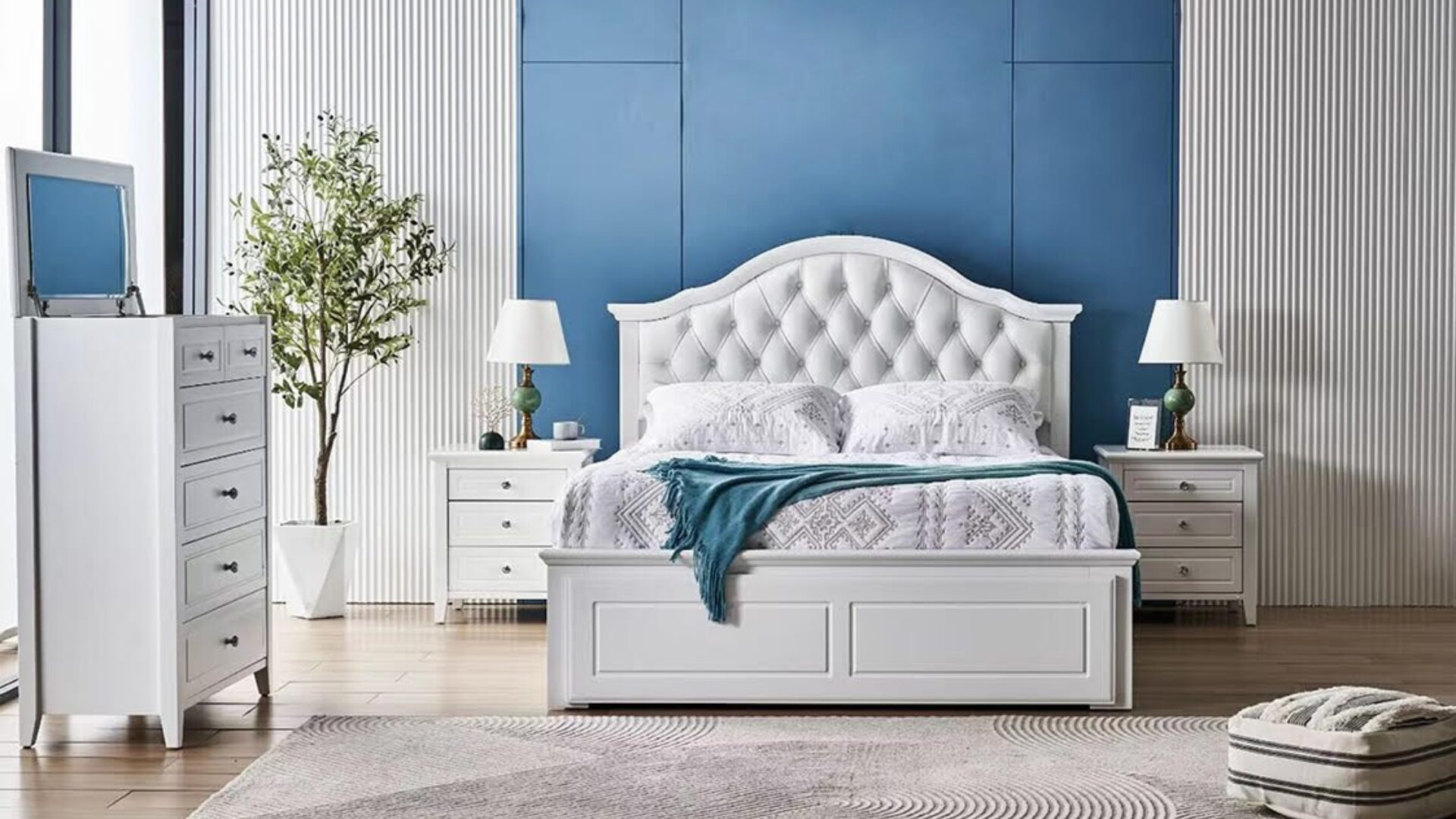Velvet vs Fabric: What’s the Difference?
Introduction to Velvet and Fabric
Have you ever wondered what sets velvet apart from regular fabric? Velvet and fabric are both used in clothing, upholstery (for sofa, chair, bed, mattress, furniture etc) and other applications, but they have distinct characteristics that make them unique. Velvet is known for its luxurious feel and rich appearance, while fabric is more diverse, encompassing a wide range of materials and textures. In this article, we’ll explore the key differences between velvet and fabric, from their composition and manufacturing process to their durability, comfort, and cost. Whether you’re a fashion enthusiast or simply curious about textiles, this guide will help you understand the differences of these two versatile materials.Let’s get started!
Understanding the Composition of Velvet and Fabric
Velvet is a type of fabric, but not all fabric is velvet. Velvet is made from a special type of weaving that creates a soft, plush surface with a distinctive texture. It’s often made from silk, but can also be made from other materials like cotton, polyester, or a blend of different fibers.
On the other hand, fabric is a broad term that refers to any material made through weaving, knitting, or felting fibers together. Basically, fabrics can be made from natural fibers like cotton, wool, silk, or linen, or from synthetic fibers like polyester, nylon, or acrylic. Each type of fabric has its own unique properties and characteristics.
The key difference between velvet and fabric lies in their texture and appearance. Velvet has a smooth, soft surface with a dense pile, giving it a luxurious feel and a rich look. Fabric, on the other hand, can have a variety of textures and finishes, depending on the type of fibers used and the weaving or knitting process.

The History of Velvet and Fabric
Velvet has a long and rich history that dates back to ancient times. It was first made in Egypt over 4,000 years ago, using silk fibers. The luxurious fabric quickly became popular among royalty and the wealthy elite in Europe and Asia.
Fabric, on the other hand, has been around for even longer. People have been making fabric from natural fibers like cotton and wool for thousands of years. The exact origins of fabric are unknown, but archaeological evidence suggests that fabric weaving dates back to at least 5000 BC in Egypt.
Throughout history, both velvet and fabric have been used for clothing, upholstery, and other purposes. Velvet was often reserved for special occasions and ceremonial garments, while fabric was more commonly used for everyday clothing and household items.
Today, velvet and fabric continue to be popular materials for a wide range of applications. They are used in fashion, interior design, and many other industries, and continue to be valued for their beauty, comfort, and versatility.
How are Velvet and Fabric Manufactured?
The manufacturing process of velvet and fabric differs mainly in the weaving technique used to create their unique textures.
Velvet is made using a special weaving method called “pile weaving.” This process involves weaving two sets of yarn together: the base yarns that create the fabric’s foundation and the pile yarns that are looped over the base yarns to create the soft, plush surface. After weaving, the loops are cut to create the characteristic pile or “nap” of velvet.
Fabric, on the other hand, can be made using various weaving techniques, such as plain weave, twill weave, or satin weave. These techniques determine the texture and appearance of the fabric. For example, plain weave creates a simple, uniform texture, while satin weave produces a smooth, glossy surface.
After weaving, both velvet and fabric undergo finishing processes to enhance their appearance and properties. These processes can include dyeing, printing, and treatments to improve durability or add special effects.
The Durability of Velvet and Fabric
When it comes to durability, velvet and fabric have different characteristics that affect their longevity and wear resistance.
Velvet, due to its plush texture, is generally less durable than most fabrics. The pile of velvet can be easily crushed or flattened with heavy use, leading to a worn appearance over time. However, velvet made from high-quality materials and tightly woven fibers can be more durable than lower-quality velvet.
Fabric, on the other hand, can vary widely in durability depending on the type of fiber used and the weaving technique. Natural fibers like cotton and wool tend to be more prone to wear and tear compared to synthetic fibers like polyester or nylon, which are more resistant to abrasion and fading.
To improve the durability of velvet and fabric, proper care and maintenance are essential. Regular cleaning and gentle handling can help extend the life of both materials. Additionally, choosing a fabric with a tight weave and high-quality fibers can also contribute to its longevity.
The Comfort of Velvet and Fabric
When it comes to comfort, both velvet and fabric offer unique experiences.
Velvet is known for its luxurious feel and soft texture. The dense pile of velvet creates a plush surface that feels smooth and velvety to the touch. This makes velvet a popular choice for clothing, upholstery, and other applications where comfort is a priority.
Fabric, on the other hand, can vary widely in terms of comfort depending on the type of fiber used and the weaving technique. Natural fibers like cotton and wool are known for their softness and breathability, making them comfortable to wear in various climates. Synthetic fibers like polyester and nylon can also be comfortable, especially when blended with natural fibers to enhance their properties.
In terms of comfort, both velvet and fabric have their advantages. Velvet provides a luxurious, soft feel, while fabric offers a range of textures and breathability depending on the type of fiber used. Ultimately, the choice between velvet and fabric for comfort depends on personal preference and the intended use of the material.
The Appearance of Velvet and Fabric
Velvet and fabric have different appearances that can affect how they are used and perceived.
Velvet has a rich and luxurious look, because of its dense pile and smooth surface. It often appears shiny and has a depth that gives it a sophisticated appeal. Velvet’s appearance can vary depending on the angle of the light, creating a dynamic and elegant look.
Fabric, on the other hand, comes in a wide range of appearances depending on the type of fiber, weave, and finish used. It can be smooth or textured, matte or shiny, and can have patterns or prints. Fabric’s appearance is more versatile and can be tailored to suit different styles and preferences.
Also Read: How to Choose the Right Mattress for a Good Night’s Sleep?
The Texture of Velvet and Fabric
The texture of velvet and fabric is one of the key differences between the two materials.
Velvet is known for its soft, plush texture, which is created by its dense pile of fibers. This texture gives velvet a luxurious feel and a unique depth that sets it apart from other fabrics. Velvet can vary in texture depending on the type of fiber used and the weaving technique, but it is generally smooth and velvety to the touch.
Fabric, on the other hand, can have a wide range of textures depending on the type of fiber, weave, and finish. Some fabrics are smooth and silky, while others are rough and textured. The texture of fabric can affect its appearance and feel, making it a versatile choice for a variety of applications.
The Cost of Velvet and Fabric
When it comes to cost, velvet and fabric can vary widely in price depending on the quality of the material and the manufacturing process.
Velvet is generally more expensive than fabric due to its intricate weaving process and luxurious feel. Velvet made from high-quality materials like silk can be particularly costly, making it a luxurious choice for special occasions or high-end products.
Fabric, on the other hand, can range from inexpensive to very expensive depending on the type of fiber, weave, and finish. Natural fibers like cotton and wool are typically more affordable than synthetic fibers like polyester or nylon. Additionally, the complexity of the weaving process and any special treatments can also affect the cost of fabric.
So to say velvet is generally more expensive than fabric due to its luxurious feel and intricate weaving process. Fabric, on the other hand, can vary widely in price depending on the type of fiber and weave used. The cost of velvet and fabric depends on the quality of the material and the intended use of the product.
The Maintenance of Velvet and Fabric
Maintaining velvet and fabric requires different approaches due to their unique characteristics.
Velvet should be handled with care to maintain its luxurious appearance. It is recommended to brush velvet gently with a soft brush to remove dust and dirt. Avoid using harsh chemicals or cleaning agents, as they can damage the delicate fibers of velvet. If velvet becomes stained, it is best to consult a professional cleaner who specializes in velvet fabrics.
Fabric, on the other hand, can typically be cleaned more easily. Most fabrics can be machine washed or dry cleaned, depending on the care instructions. It is important to follow the manufacturer’s recommendations for cleaning and care to avoid damaging the fabric. Regular vacuuming and spot cleaning can help keep fabric looking its best.
Thus, maintaining velvet requires gentle care to preserve its luxurious appearance, while fabric can be cleaned more easily using standard cleaning methods. Understanding the maintenance requirements of velvet and fabric can help you keep these materials looking their best for years to come.
The Environmental Impact of Velvet and Fabric
When it comes to the environment, both velvet and fabric have their own impacts.
Velvet, especially when made from natural fibers like silk, can have a higher environmental impact due to the resources required to produce silk and the chemicals used in the dyeing process. However, some manufacturers are adopting more sustainable practices, such as using organic or recycled materials and reducing water and energy consumption.
Fabric, on the other hand, can also have environmental impacts depending on the type of fiber used. Natural fibers like cotton and wool require a lot of water and pesticides to grow, which can harm the environment. Synthetic fibers like polyester are made from petroleum-based products, which can contribute to pollution and greenhouse gas emissions.
To reduce the environmental impact of velvet and fabric, it’s important to choose materials that are produced using sustainable practices. Look for fabrics made from organic or recycled materials, and support companies that prioritize environmental stewardship in their production processes. Additionally, caring for your textiles properly can help extend their lifespan, reducing the need for new materials.
Advantages and Disadvantages of Both Velvet and Fabric
| Aspect | Velvet | Fabric |
| Advantages | Luxurious look and feel, insulating properties | Versatility, breathability, durability |
| Can be durable with proper care | Can be more affordable, depending on type | |
| Versatile, used in various applications | Comfort level depends on fabric type | |
| Soft, plush texture | Longevity depends on fabric quality | |
| Available in various colors and styles | ||
| Disadvantages | High maintenance, expensive | Limited luxuriousness, environmental impact, maintenance requirements |
Which is Better, Velvet or Fabric?
Choosing between velvet and fabric ultimately depends on your personal preferences and needs.
If you’re looking for a luxurious and elegant material, velvet may be the better choice. Its soft texture and rich appearance make it ideal for special occasions or high-end products. However, velvet requires gentle care to maintain its beauty and can be more expensive than fabric.
On the other hand, fabric offers a wide range of options in terms of texture, appearance, and cost. Fabric can be more versatile and easier to maintain than velvet, making it a practical choice for everyday use.
In the end, the decision between velvet and fabric comes down to your individual style, budget, and how you plan to use the material. Whether you choose velvet for its luxury or fabric for its practicality, both materials have their own unique qualities that can enhance your home or wardrobe when you choose the best furniture made out of it.
FAQ
- What is the difference between fabric and velvet?
Fabric is a broad term that includes various materials, while velvet is a specific type of fabric known for its soft, plush texture.
- Which fabric is velvet?
Velvet is its own type of fabric, made using a special weaving technique to create its characteristic texture.
- What fabric is similar to velvet?
Fabrics like velveteen and plush can resemble velvet in texture and appearance, but they are not the same.
- How do you identify velvet fabric?
Velvet can be identified by its soft, plush texture and the way it reflects light, often appearing rich and luxurious.
- Which is better, fabric or velvet?
The choice between fabric and velvet depends on the desired look, feel, and use. Velvet is often
chosen for its luxurious appearance, while fabric is more versatile.
- Is velvet a fabric?
Yes, velvet is a type of fabric made using a special weaving technique.
- Is real velvet expensive?
Real velvet, especially silk velvet, can be expensive due to the cost of materials and the intricate weaving process.
- Why is velvet so expensive?
Velvet can be expensive due to the use of high-quality materials like silk and the complex weaving process required to create its texture.
- Is velvet a luxury fabric?
Yes, velvet is often considered a luxury fabric due to its soft texture, rich appearance, and historical association with royalty and nobility.



Leave A Comment
You must be logged in to post a comment.